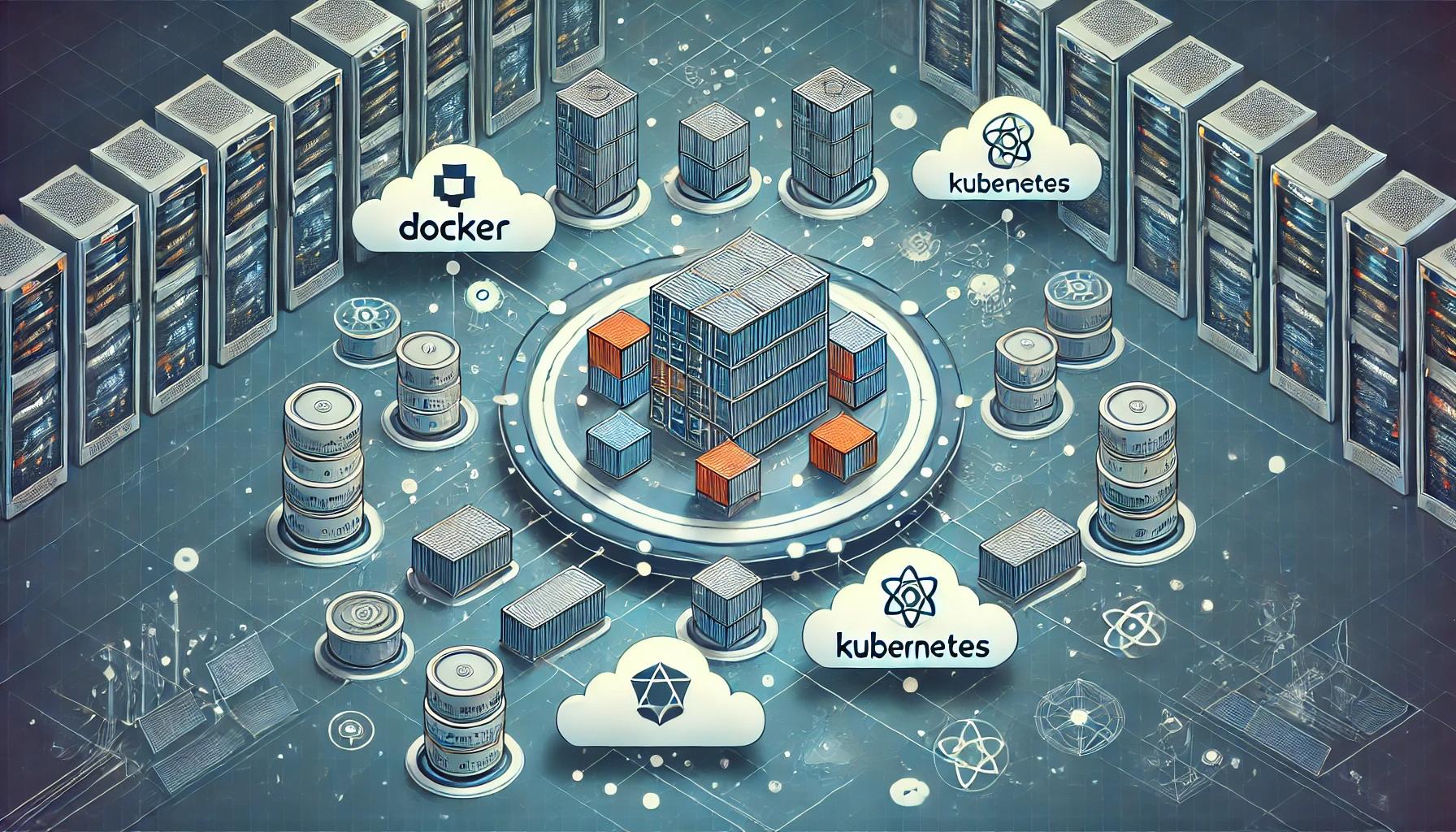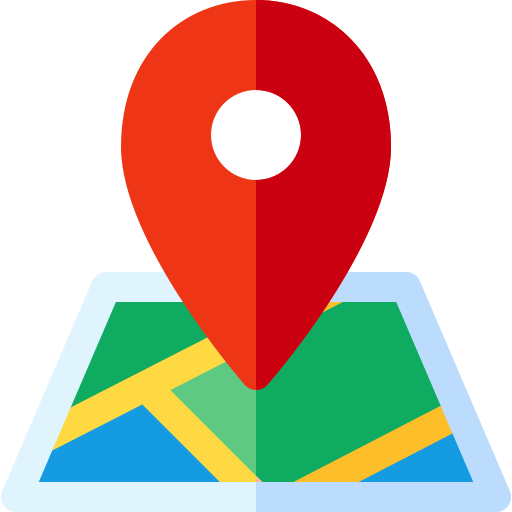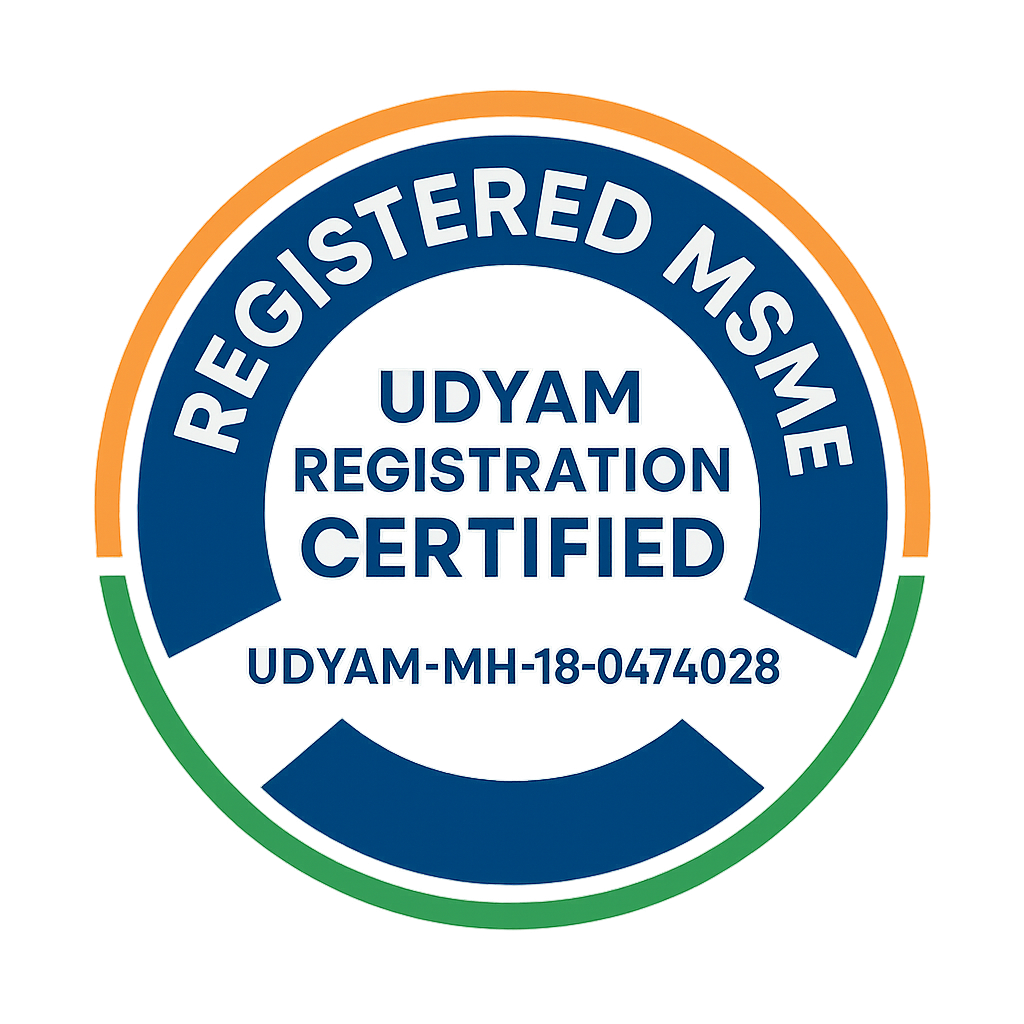Introduction to Containerization and Virtualization: Docker and Kubernetes for Beginners
Introduction
The way we develop, deploy, and manage applications has evolved significantly over the years. Traditional virtual machines (VMs) have long been the go-to solution for running applications in isolated environments. However, containerization has emerged as a more efficient alternative. Technologies like Docker and Kubernetes are at the forefront of this transformation, making application deployment seamless and scalable.
In this guide, we’ll break down the fundamentals of containerization and virtualization, introduce Docker and Kubernetes, and help beginners understand why these technologies are essential in modern software development.
1. What is Virtualization?
Virtualization is the process of creating multiple simulated environments or dedicated resources on a single physical machine. It enables businesses to:
- Run multiple operating systems on the same hardware.
- Isolate applications for security and efficiency.
- Optimize resource utilization.
Example: A cloud service provider like AWS or Google Cloud runs virtual machines (VMs) on a single physical server, allowing different users to share resources without interference.
Key Technologies:
- VMware
- Microsoft Hyper-V
- KVM (Kernel-based Virtual Machine)
2. What is Containerization?
Containerization is a lightweight alternative to virtualization. Instead of creating a full virtual machine with its own operating system, a container packages an application along with all its dependencies into a portable unit. This allows for:
- Faster deployment and scaling.
- Improved resource efficiency compared to VMs.
- Seamless movement across environments (development, testing, and production).
3. Introduction to Docker
Docker is the most widely used containerization platform. It allows developers to build, ship, and run applications in containers, ensuring consistency across environments.
Benefits of Docker:
- Portability: Containers can run on any system that supports Docker.
- Scalability: Easily scale applications up or down based on demand.
- Efficiency: Uses fewer system resources compared to virtual machines.
- Key Docker Concepts:
- Docker Images: Pre-packaged applications with all dependencies.
- Docker Containers: Running instances of Docker images.
- Docker Hub: A public repository for sharing container images.
Example: Running a simple Nginx web server in Docker:
docker run -d -p 80:80 nginxThis command pulls the latest Nginx image and runs it as a container, mapping it to port 80.
4. Introduction to Kubernetes
While Docker helps create and manage containers, Kubernetes (also known as K8s) is an orchestration tool that manages multiple containers at scale.
Why Use Kubernetes?
- Automates deployment and scaling of containerized applications.
- Handles load balancing, making applications highly available.
- Monitors the health of containers and automatically restarts failed ones.
Key Kubernetes Concepts:
- Pods: The smallest deployable unit in Kubernetes, containing one or more containers.
- Nodes: Machines (physical or virtual) where workloads run.
- Deployments: Manage the rollout of containerized applications.
- Services: Enable communication between different components.
Example: Deploying an application in Kubernetes using a YAML file:
apiVersion: apps/v1
kind: Deployment
metadata:
name: nginx-deployment
spec:
replicas: 2
selector:
matchLabels:
app: nginx
template:
metadata:
labels:
app: nginx
spec:
containers:
- name: nginx
image: nginx:latest
ports: - containerPort: 80This YAML configuration deploys two replicas of an Nginx container on Kubernetes.
5. Real-World Use Cases of Docker and Kubernetes
1. Web Applications: Companies use Docker to package web applications and Kubernetes to ensure high availability.
2. CI/CD Pipelines: Automate software development workflows by running tests and deployments in containers.
3. Microservices Architecture: Break down applications into smaller, manageable services that run in separate containers.
4. Hybrid and Multi-Cloud Deployments: Easily move applications between on-premise and cloud environments.
2. CI/CD Pipelines: Automate software development workflows by running tests and deployments in containers.
3. Microservices Architecture: Break down applications into smaller, manageable services that run in separate containers.
4. Hybrid and Multi-Cloud Deployments: Easily move applications between on-premise and cloud environments.
6. How to Get Started with Docker and Kubernetes
1. Install Docker:
- Download from Docker’s official website.
- Run
docker --versionto verify installation.
2. Learn Docker Basics:
- Run containers:
docker run hello-world - List containers:
docker ps - Stop a container:
docker stop <container_id>
3. Install Kubernetes:
- Use tools like Minikube for local Kubernetes setups.
- Learn
kubectlcommands to manage Kubernetes clusters.
4. Experiment with Simple Deployments:
- Deploy a web server using Docker.
- Scale applications using Kubernetes.
Service
Mastering containerization and Kubernetes can be complex, but I can help! As an experienced full-stack developer and automation expert, I offer:
Custom Docker and Kubernetes solutions for businesses.
Automated deployments for high-performance applications.
Consulting services to help teams implement best practices.
Want to streamline your software deployments? Contact me at shahajay213@gmail.com or visit my portfolio.
Conclusion
Containerization and Kubernetes have revolutionized modern software development. By using Docker for creating lightweight, portable applications and Kubernetes for managing them at scale, businesses can optimize efficiency and scalability.
Are you ready to adopt containerization for your business? Let’s work together to implement Docker and Kubernetes the right way!
Posted on: 02-02-2025





